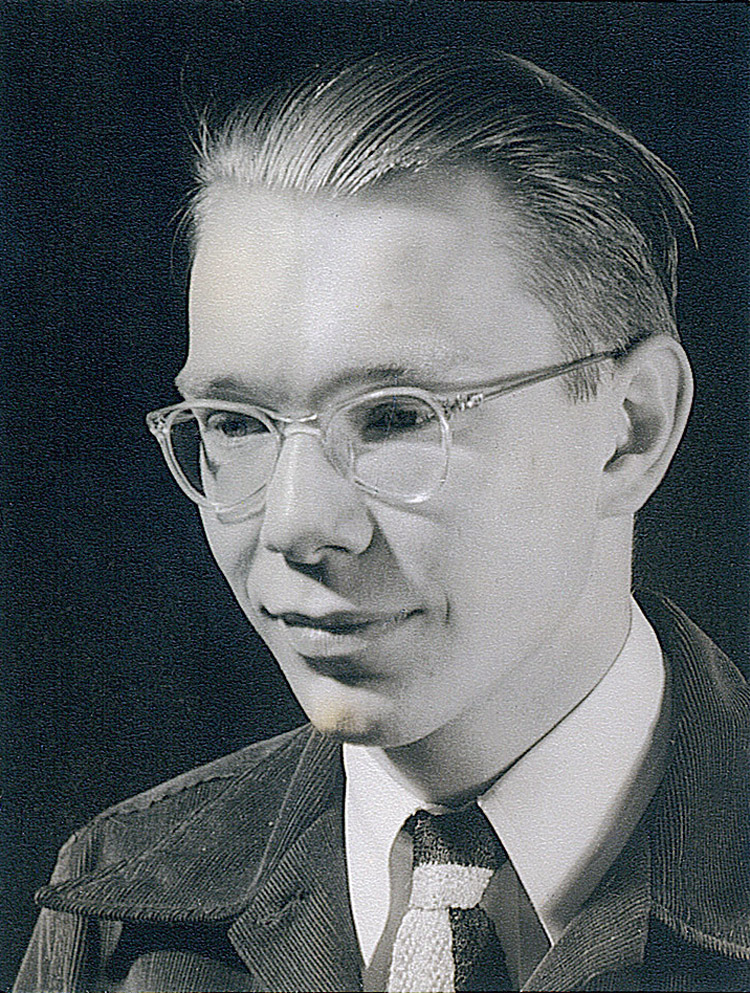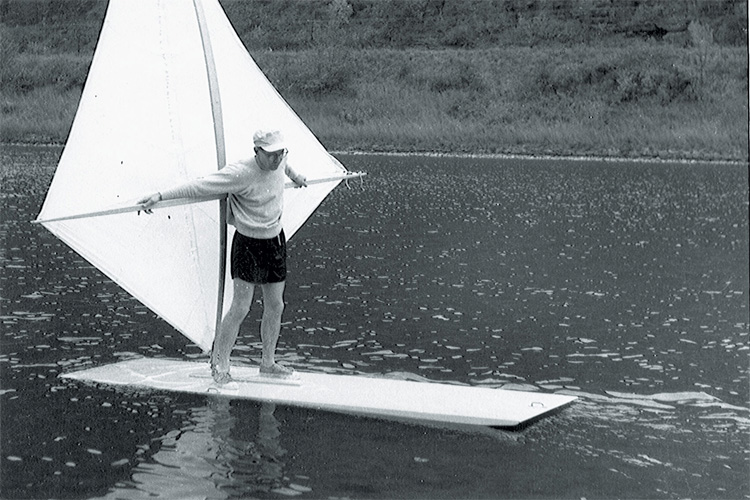The roots of windsurfing started in Susquehanna River, Pennsylvania, USA.
In 1948, Sidney Newman Darby, 20, built the first small catamaran with a handheld sail and rig mounted on a universal joint.
Although he did not patent his invention, Darby is commonly seen as the father of sailboarding/windsurfing.
Later in 1970, North Americans Jim Drake and Hoyle Schweitzer got a patent for their "Windsurfer" design, based on Newman Darby's techniques.
They credited him for their version of the sailboard.

Windsurfer and the Olympics
Nevertheless, the two friends were working on Darby's ideas since the mid-1960s.
Hoyle Schweitzer began the commercial production of polyethylene sailboards - the "Windsurfer" design - in the early 1970s.
That was when windsurfing became popular in Europe, and sales boosted.
In the 1980s, Darby received a design patent for the one-person sailboat - Darby 8 SS Sidestep Hull.
His wife, Naomi, was always by his side, helping to build the ultimate sailboard.
In 1984, windsurfing became an Olympic sport in Los Angeles.
Stephan van den Berg was the first Olympic gold medalist in the men's windsurfing category.
